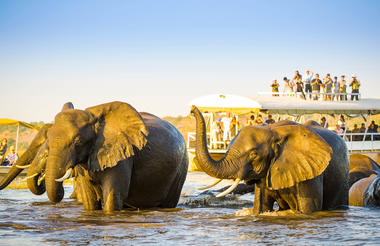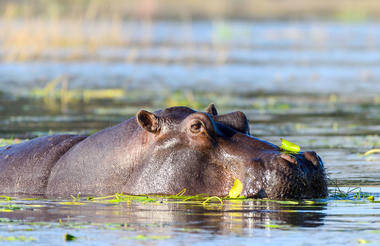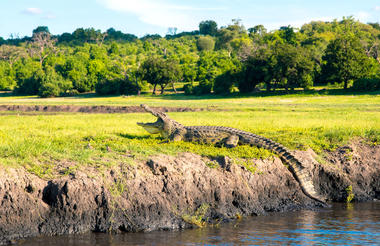Zimbabwe’s capital city is the country’s most cosmopolitan and contemporary destination, dotted with restaurants and bars, shops and markets. Its proud historical and cultural heritage is reflected in several well-preserved old buildings and informative museums, while its many parks and gardens provide a pleasant contrast to the bustling urban sectors. Located within easy reach of the city centre are the Mukuvisi Woodlands, comprising over 250 hectares of rich natural wilderness, while the magnificent Kopje – a rocky hill to the southwest of Harare – offers great views over the city. Other city highlights include the fascinating National Gallery of Zimbabwe, the abundant Zimbabwe Museum of Human Sciences, the Chapungu Sculpture Park, and the gorgeous National Botanic Garden, filled with a variety of rare African plants as well as exotic plants from around the world.

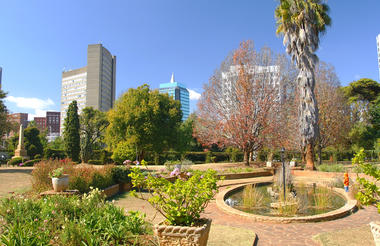
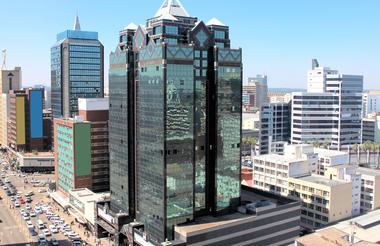
Situated only 90 minutes from Zimbabwe’s capital of Harare, Imire is a rhino-focused wildlife conservancy area providing a safe sanctuary for several species. Elephant, lion, hyena, giraffe, zebra, buffalo and more than ten different types of antelope have a safe home here. Bird enthusiasts can look forward to spotting over 150 different species of birds, including raptors such as snake eagle, martial eagle, and African hawk-eagle, and water birds including fish eagle, green-backed heron, grey heron and kingfishers, plus secretary birds and saddle-billed storks. Escape the hustle bustle of the city, volunteer to help rhinos and elephants by day, and enjoy spectacularly bright starry skies by night.



Situated in southeastern Zimbabwe, the capital of Masvingo Province, Masvingo town was formerly known as Fort Victoria. It is located near the Unesco-listed Great Zimbabwe National Monument, the ruins of an ancient city of mysterious origins that dates back thousands of years and shows evidence of an advanced civilisation. Masvingo serves as an excellent base from which to explore several attractions such as this in the surrounding region, including beautiful Lake Mutirikwi Recreational Park, the enthralling Kyle Dam, and the Kyle National Reserve, home to abundant wildlife. Don’t miss the opportunity to visit the neighbouring Mushandike National Park, known for its stunning natural landscapes.
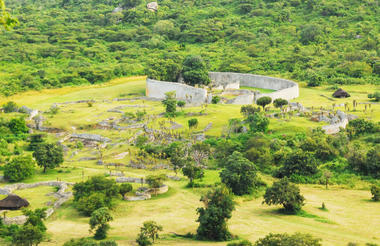
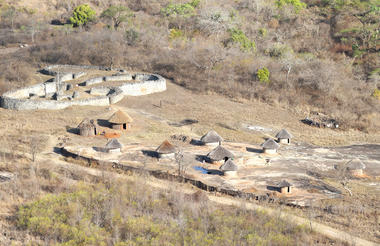
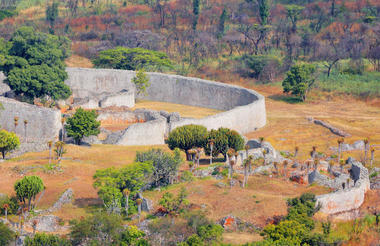
Idyllically located in the spectacular Matobo Hills, the renowned Matobo National Park is known for its rich human history, its remarkably diverse flora and fauna and its magnificent rugged terrain. This unspoiled natural wilderness features a range of massive red-tinged, granite boulders interspersed with gorgeous wooded valleys making it a dream destination for hikers, climbers and nature lovers alike. The reserve is compact, easily accessible and is home to an impressive range of African wildlife including the highly endangered black and white rhinoceros, zebra, wildebeest, giraffe, cheetah, hippo, warthog and crocodile as well as Africa's largest concentration of leopard and black eagles. This unforgettable national park serves as an ideal stopover for travellers heading to the popular tourist sites of Hwange and the majestic Victoria Falls.



Located in western Zimbabwe, Hwange National Park (formerly Wankie Game Reserve) is the largest natural reserve in the country and is famous for its rich diversity of wildlife. Home to one of the biggest elephant populations in the world, as well as around 100 mammal species, the park is a wonderland for animal lovers. Several protected animals inhabit the awe-inspiring open landscapes, including the endangered wild dog, critically endangered black rhino, and rare roan and sable - along with lion, cheetah, and around 500 bird species. Adventurers can look forward to guided bush hikes, game drives, and horse riding safaris, all of which offer excellent photographic opportunities. Hwange boasts several unique natural features, most notably the natural seeps such as Nehimba and Shakwanki animals dig for water.
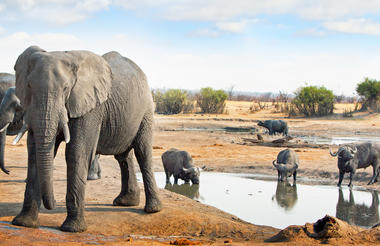
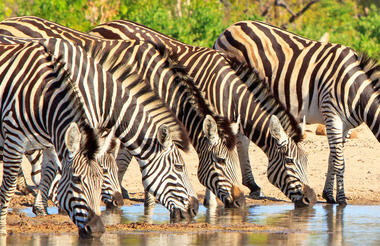
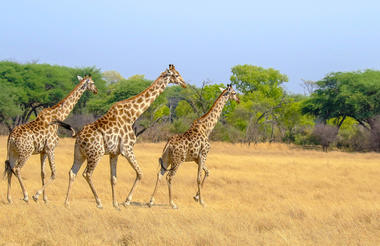
Viktoriiny vodopády nebo Mosi-oa-Tunya (anglicky Victoria Falls) jsou jedny z největších vodopádů na světě. Nacházejí se v jižní Africe na řece Zambezi na hranicích mezi Zambií a Zimbabwe.
Šířka vodopádu je 1800 m. Voda padá dolů z útesu vysokého 120 m do úzkého (130 m) a hlubokého (140 m) kaňonu v čediči. Místní obyvatelstvo vodopád nazývá voda, která hřmí, nebo duha. Průtoky v průběhu roku silně kolísají. Průměrný průtok je 1400 m³/s. Vodopády byly objeveny 16. listopadu 1855 skotským cestovatelem Davidem Livingstonem a nazvány podle britské královny Viktorie. V roce 1875 je prozkoumal český cestovatel Emil Holub, který je autorem jejich první mapy, která vyšla v cestopise Sedm let v jižní Africe. E. Holub je také autorem první samostatné publikace o Viktoriiných vodopádech – útlého šestnáctistránkového sešitku The Victoria Falls - a few pages from a diary of Emil Holub, M. D. (…), který v roce 1879 vyšel v jihoafrickém Grahamastownu (reprint v roce 2004).
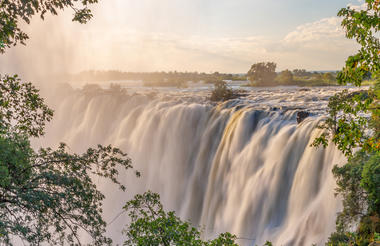
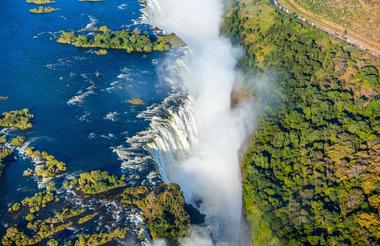
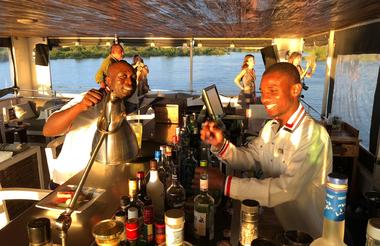
Malebné městečko Kasane leží v severovýchodním cípu Botswany na břehu slavné řeky Chobe, na prahu velkolepého národního parku Chobe. Vesnici od parku neodděluje žádný plot a v okolí města se často potuluje zvěř, například sloni a hroši. Pokud hledáte nepolapitelnou zvěř, navštivte údolní cestu Sedudu, kde velké mrtvé stromy poskytují dočasný domov levhartům. V Kasane je k vidění prastarý baobab, který kdysi sloužil jako místní vězení. Návštěvníci se mohou těšit na spoustu aktivit včetně projížďky parkem, plavby po řece Chobe při západu slunce, návštěvy místní vesnice nebo jednodenního výletu k úchvatným Viktoriiným vodopádům.
